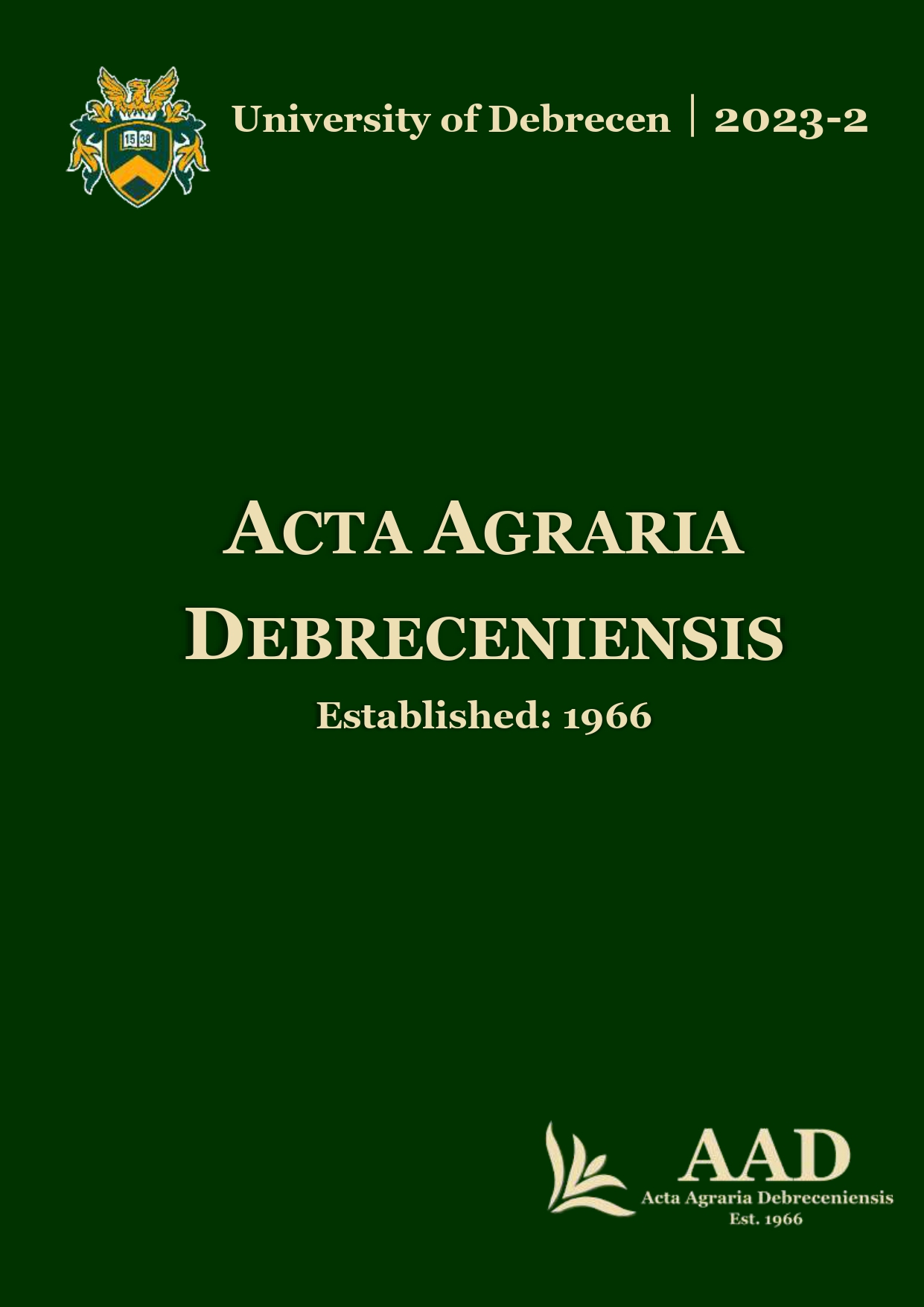Effect of ethephon levels and amino acids on the growth characteristics of oat crop
Authors
View
Keywords
License
Copyright (c) 2023 by the Author(s)

This work is licensed under a Creative Commons Attribution 4.0 International License.
How To Cite
Accepted 2023-09-25
Published 2023-12-01
Abstract
A field experiment was conducted during the 2021-2022 season in an agricultural field in Basra Governorate. The aim was to study the effect of spraying ethephon and amino acids on the growth characteristics of oats (Avena sativa L.) Shifa cultivar. The experiment involved three levels of ethephon (0, 0.240, and 0.600 kg ha-1), represented by the symbols E0, E1, and E2 respectively, and two spray levels of amino acids (0 and 5 ml L-1), represented by the symbols A0 and A1. A factorial experiment was applied using the R.C.B.D (randomized complete block design) in a split plots arrangement with three replications. The results revealed significant differences in the levels of ethephon for most of the studied characteristics. The level of 0.240 kg ha-1 (E1) was superior in terms of chlorophyll content, crop growth rate, and the number of tillers, with increases of 39.07%, 39.26%, and 16.36%, respectively, compared to the control treatment (E0). Regarding the amino acids treatments, spraying at a concentration of 5 ml L-1 (A1) demonstrated significant superiority, resulting in the highest plant height, flag leaf area, chlorophyll content, and crop growth rate. This study concludes that amino acids play a crucial role in plant growth, and the combination of 5 ml L-1 amino acids with 0.240 kg ha-1 of ethephon significantly increased chlorophyll content and crop growth rate.
References
- Addaheri, A.M.–Abood, N.M. (2020): Response of oat cultivars to ethephon and boron. Iraqi Journal of Agricultural Sciences, 51(1):259–268. https://www.iasj.net/iasj/download/5ceeed84f0ba904c
- Al-Badrawi, M.M.–Alabdulla, S.A. (2021): Effects of foliar spraying of salicylic acid with tryptophan on yield and quality parameters in wheat. Plant Archives, 21(1): 854–857. https://www.researchgate.net/publication/349189092
- Alshadiwi, S.–Alrubaiee, S. (2022): Effect of foliar applied amino acids on growth characteristics of oat (Avena sativa L.). SABRAO Journal of Breeding and Genetics, 54(5): 1183–1190. https://sabraojournal.org/effect-of-foliar-applied-amino-acids-on-growth-characteristics-of-oat-avena-sativa-l/
- Bainsla, N.K.–Yadav, R.–Singh, G.P.–Sharma, R.K. (2020): Additive genetic behavior of stem solidness in wheat (Triticum aestivum L.). Scientific reports, 10(1): 1–9. https://www.nature.com/articles/s41598-020-64470-x
- Duda, M.–Tritean, N.–Racz, I.–Kadar, R.–Russu, F.–Fițiu, A.–Muntean, E.–Vâtcă, A. (2021): Yield Performance of Spring Oats Varieties as a Response to Fertilization and Sowing Distance. Agronomy, 11(5), 815. https://www.mdpi.com/2073-4395/11/5/815
- Hussein, K.D. –Hashem, M.A. (2021): Effect of Spraying Ethephon and Amino Acid on the Characteristics Two Varieties of Avena Sativa L. In IOP Conference Series: Earth and Environmental Science (Vol. 923, No. 1, p. 012054). IOP Publishing. https://iopscience.iop.org/article/10.1088/1755-1315/923/1/012054/meta
- Misheck, C.–Fanuel, C. (2014): Effect of ethephon and planting density on lodged plant percentage and crop yield in maize (Zea mays L.) African J. of Plant Sci.8 (2): 113–117. https://www.researchgate.net/publication/265596946
- Mohsen, M.H.–Jasim, A.H. (2020): Effect of Boron, Amino acids and Silicon Spraying on Pea Yield. Plant Archives, 20(2): 3901–3904. http://www.plantarchives.org/20-2/3901-3904%20(6663).pdf
- Mouhamad, R.S.–Iqbal, M.–Qamar, M.A.–Mutlag, L.A.–Razaq, I.B.–Abbas, M.–Hussain, F. (2016): Effect of gravistimulation on amino acid profile of pea, rice, corn, wheat during early growth stages. Information Processing in Agriculture, 3(4): 244–251. https://www.researchgate.net/publication/301542761
- Wiersma, D.W.–Oplinger, E.S.–Guy, S. O. (1986): Environment and Cultivar Effects on Winter Wheat Response to Ethephon Plant Growth Regulator 1. Agronomy Journal, 78(5): 761–764. https://acsess.onlinelibrary.wiley.com/doi/abs/10.2134/agronj1986.00021962007800050002x
- Yang, H.–Hu, W.–Zhao, J.–Huang, X.–Zheng, T.–Fan, G. (2021): Genetic improvement combined with seed ethephon priming improved grain yield and drought resistance of wheat exposed to soil water deficit at tillering stage. Plant Growh Regulation, 1–21. https://pubag.nal.usda.gov/catalog/7548931
- Zadoks, J.C.–Chang, T.T.–Konzak, C.F. (1974): A decimal code for the growth stages of cereals. Weed research, 14(6): 415–421. https://onlinelibrary.wiley.com/doi/10.1111/j.1365-3180.1974.tb01084.x
- Zaibel, D.N.–Mohsen, K.H. (2021): Response of some growth traits and yield of wheat (Triticum aestivum L.) to ethephon spraying dates and concentrations. Euphrates Journal of Agriculture Science, 13(4): 267–276. https://www.iasj.net/iasj/download/9e141c803b1d3228

 https://doi.org/10.34101/actaagrar/2/13083
https://doi.org/10.34101/actaagrar/2/13083